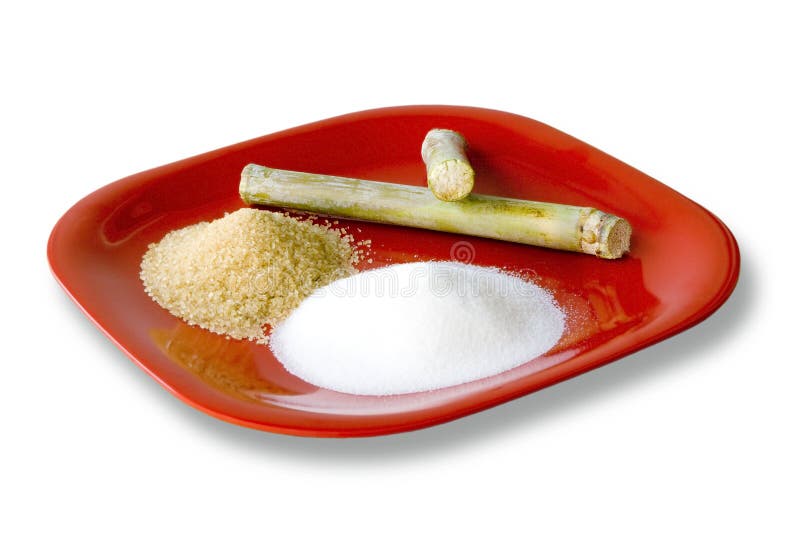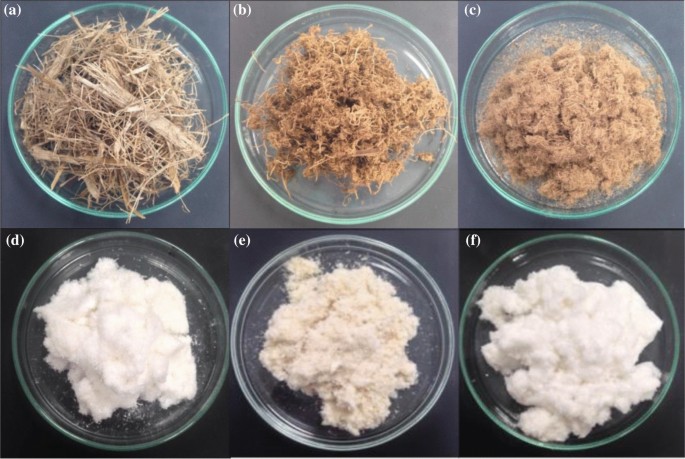Sugarcane Product: A Pure Sweetener for Health-Conscious Individuals
Sugarcane Product: A Pure Sweetener for Health-Conscious Individuals
Blog Article
The Trip of Sugarcane: From Harvest to Everyday Products
The journey of sugarcane is a complex process that starts with careful cultivation and finishes in a range of items that permeate our daily lives. As we check out the various elements of sugarcane's journey, its duty in sustainability and the wider effects for our atmosphere come right into sharper focus.
Farming of Sugarcane
The growing of sugarcane is an important agricultural procedure that requires certain environmental problems and monitoring methods. Optimum growth takes place in tropical and subtropical areas where temperatures vary between 20 ° C and 32 ° C. Adequate rains or irrigation is crucial, as sugarcane grows in damp soil with well-drained problems (sugarcane product). Soil high quality significantly influences yield; thus, farmers typically conduct dirt examinations to identify nutrient requirements
Growing commonly occurs in rows, using stem cuttings referred to as setts, which are planted horizontally. This technique promotes reliable collecting and takes full advantage of sunlight direct exposure. Plant turning and intercropping are suggested practices to improve soil fertility and lower bug invasions. Farmers employ incorporated pest administration techniques to minimize chemical inputs while ensuring healthy plant advancement.
Fertilizing is one more vital aspect, with phosphorus, nitrogen, and potassium being the primary nutrients needed for optimal growth. Prompt application of these plant foods can dramatically boost sugar returns. Furthermore, keeping an eye on for illness and insects throughout the growing period is imperative, as these variables can detrimentally impact crop wellness and efficiency. In general, successful sugarcane farming pivots on a mix of environmental stewardship, strategic preparation, and continuous management techniques.
Gathering Techniques
Effective sugarcane cultivation finishes in the collecting phase, which is critical for maximizing return and making sure top quality. The timing of the harvest is essential; sugarcane is typically gathered when sucrose levels height, usually in between 10 to 18 months after planting. This period differs based on climate, dirt kind, and sugarcane range.
Gathering strategies can be extensively classified right into manual and mechanical techniques. Hand-operated harvesting is labor-intensive, depending on knowledgeable workers that use machetes to cut the stalks short. This approach allows for careful harvesting, where just the ripest canes are picked, thus improving total sugar content.
On the other hand, mechanical harvesting has actually obtained popularity due to its performance and cost-effectiveness. Specialized harvesters geared up with cutting blades and conveyor systems can refine huge locations quickly, considerably decreasing labor expenses. Nonetheless, this strategy might lead to the inclusion of immature canes and a prospective decline in sugar quality.

No matter of the approach used, making sure that gathered walking sticks are carried quickly to processing facilities is vital. Trigger dealing with minimizes spoilage and maintains the honesty of the sugarcane, setting the stage for optimal processing.
Handling Techniques
Processing sugarcane involves numerous important steps that transform the collected stalks right into usable items, mostly sugar and molasses. The preliminary stage is cleaning the walking stick to remove dirt and debris, complied with by over at this website the removal of juice with crushing or milling. This procedure usually employs hefty rollers that break the cane fibers to launch the pleasant click for more liquid contained within.
As soon as the juice is drawn out, it undergoes information, where impurities such as dirt bits and bagasse are removed. This is often accomplished by adding lime and heating up the juice, enabling sedimentation. The made clear juice is then focused with evaporation, where water web content is decreased, causing a thick syrup.

Ultimately, the handling of sugarcane not just produces sugar and molasses however additionally prepares for numerous derivatives, which will be checked out in succeeding discussions.
Products Derived From Sugarcane
Sugarcane is a flexible plant that generates a vast variety of items past just sugar and molasses. Among the main byproducts are ethanol and biofuels, which have actually gained importance as renewable resource resources. Ethanol, generated through the fermentation of sugarcane juice, functions as an alternate to nonrenewable fuel sources and is often blended with gas to produce cleaner-burning gas, lowering greenhouse gas emissions.
Additionally, sugarcane is a considerable source of bagasse, the coarse deposit staying after juice removal. Bagasse is utilized in different applications, including the production of paper, eco-friendly product packaging, and as a biomass fuel for energy generation. Its use not only minimizes waste however additionally boosts the sustainability of sugarcane handling.
In addition, sugarcane-derived items reach the food market, where it functions as an all-natural flavor representative and sweetener in various cooking applications. In the world of cosmetics, sugarcane essences are incorporated right into skin care products due to their all-natural exfoliating buildings.
Ecological Impact and Sustainability
The cultivation and handling of sugarcane have considerable implications for ecological sustainability. This crop requires significant water resources, often bring about exhaustion of local water products and impacting surrounding ecological communities. Furthermore, making use of plant foods and pesticides in sugarcane farming can cause soil destruction and river pollution, presenting risks to biodiversity.

Sustainable sugarcane farming additionally promotes soil health and wellness via crop turning and lowered tillage, improving carbon sequestration. The fostering of these techniques not only supports ecological honesty but likewise enhances the strength of farming communities against environment adjustment.
Verdict
In summary, the journey of sugarcane includes numerous phases from cultivation to processing, eventually leading to a large selection of products. The significance of sugarcane prolongs beyond simple sugar, adding to eco-friendly power through ethanol production, sustainable packaging through bagasse, and natural essences for cosmetics. This diverse crop plays a vital duty in both nutritional enrichment and ecological sustainability, highlighting its relevance in modern farming and commercial techniques.
Effective sugarcane farming finishes in the gathering stage, which is essential for making best use of return and making certain top quality. The timing of the harvest is critical; sugarcane is generally harvested when sucrose levels optimal, generally in between 10 to 18 months after growing.Processing sugarcane involves several critical actions that change the gathered stalks into usable items, primarily sugar and molasses.Sugarcane is a versatile plant that produces a broad array of items beyond just sugar and molasses. Additionally, the usage of plant foods and pesticides in sugarcane farming can result in dirt destruction and waterway pollution, posturing threats to biodiversity.
Report this page